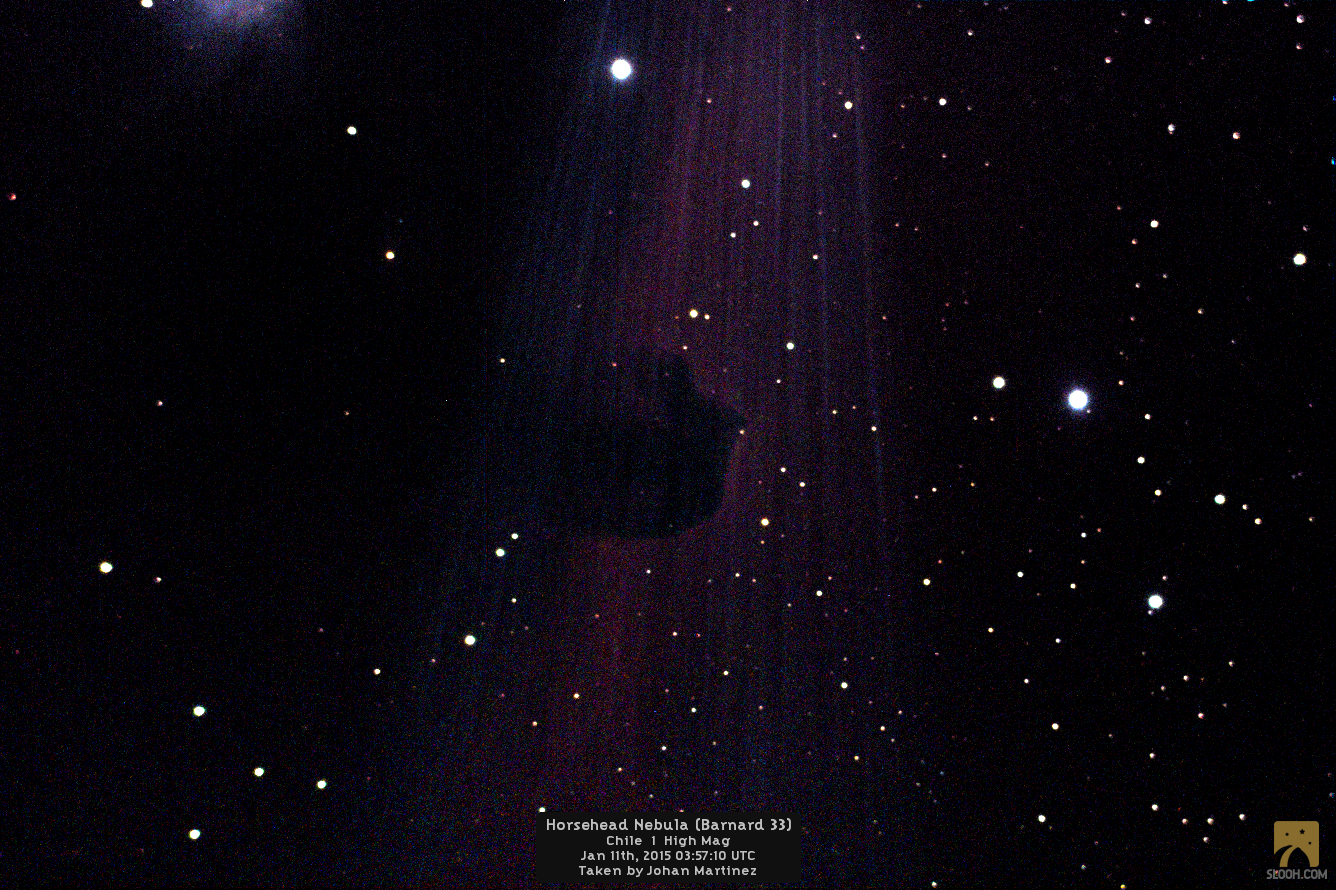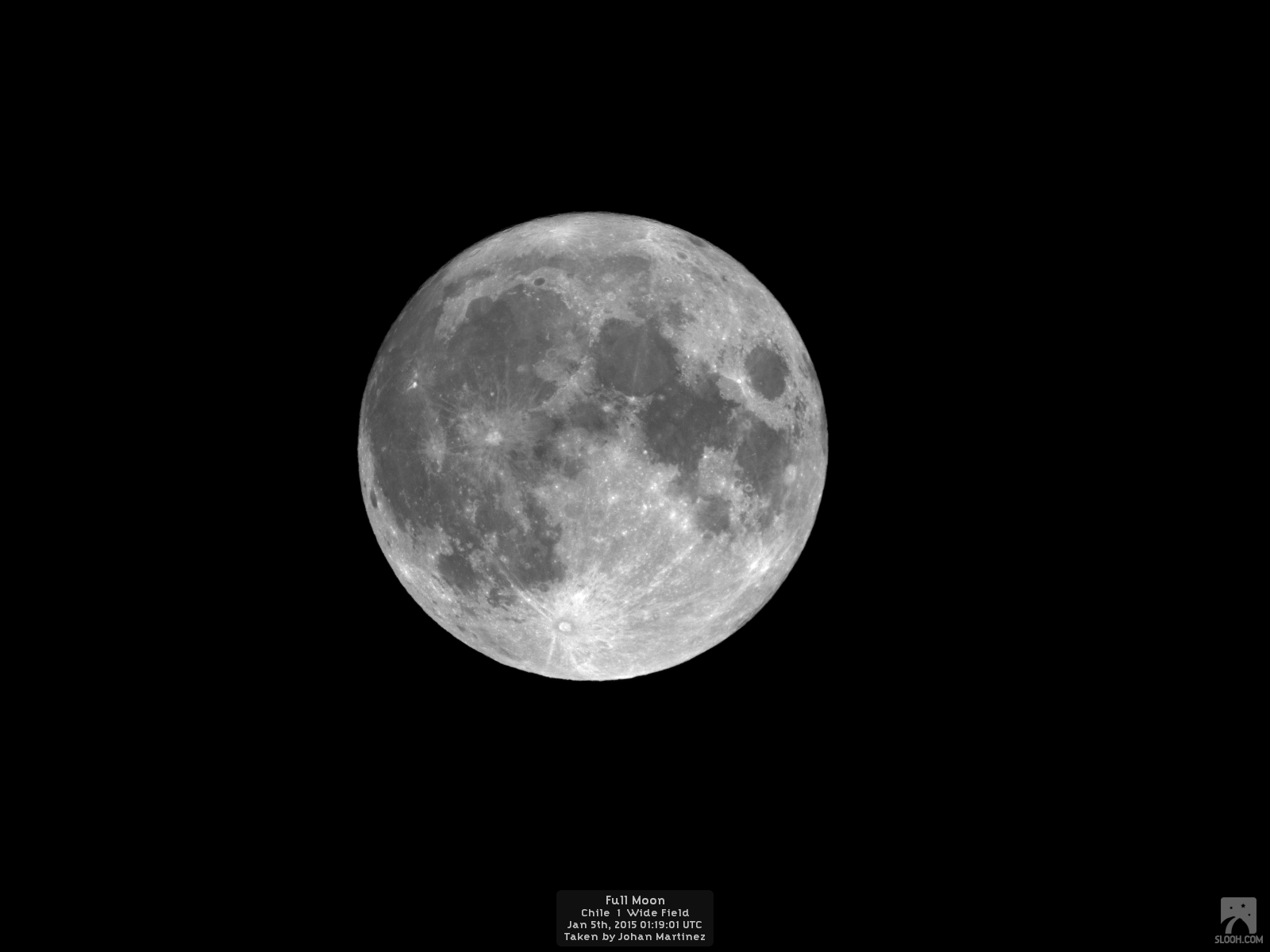

As fascinating things here on earth can be, outer space is simply awe-inspiring. To think that there are billions of galaxies, and within these galaxies billions of stars in each one. It definitely puts things into perspective. We live and are affected by a very miniscule piece of the universe. Which begs the question, why is outer space so vast? And why are there so many stars, which may or may not have planets circling around them, that may or may not be inhabitable by humans? I believe nature is trying to show us that the only limits we have are the ones we impose on ourselves. Plus it makes for great pictures of far-away objects!!!! Just look below.

This image depicts what is called the Horsehead Nebula. It is aptly named this because of its distinctive shape which looks like the neck and head of a horse. It also has a more scientific name -- Barnard 33. I prefer to call it the Horsehead Nebula, there's a reason why resources on the web are known by their domain name, not by their IP addresses.
The Nebula is approximately 1500 light years from the Earth. You can use the light years calculator at the top of this page to find out the distance from the earth in miles.
The Horsehead Nebula was discovered in 1888 by a Scottish astronomer by the name of Williamina Fleming at the Harvard College Observatory. In addition to the Horsehead, Fleming discovered 58 other gaseous nebulae, 10 novae, and more than 300 variable stars. She eventually became the first American woman to be elected an honorary member of the Royal Astronomical Society of London. Shortly before her death, the Astronomical Society of Mexico recognized her by awarding her the Guadalupe Almendaro medal for her discovery of new stars. She published a few books on Astronomy if you're interested in her work.

Since the dawn of human history, people have been amazed by the moon. Many ancient civilizations created myths about the moon including African, Native American, Aztec, Hindu, Roman, Greek cultures.
The moon is Earth's only natural satellite, and it is involved in an intricate dance with the earth as both rotate and both orbit a larger space object. The earth circles the Sun and the Moon, of course, orbits the Earth. This intricate dance makes for some interesting characteristics of this celestial interplay. For instance, the moon rotates synchronously, meaning it is in phase with its orbit of the Earth, so the same side of the moon is always facing the earth. Another characteristic is the moon's effect on the ocean's tides on the earth. The moon's gravity pulls the tides higher on the side of the earth that is facing the moon at any given time.

The Orion Nebula can be seen occupying a space in the night sky enclosed by the Constellation Orion. More specifically, it can be seen close to Orion's Sword, which "hangs" from Orion's Belt
It was first discovered by French astronomer Nicolas-Claude Fabri de Peiresc on November 26th, 1610, using a refracting telescope. It is approximately 1300 light-years away from Earth. You can calculate the distance, along with how long it would take you to travel there at variable speeds here.
The Orion Nebula also goes by the name M42. The M stands for Charles Messier, a French Astronomer who began a catalog of a set of 110 astronomical objects in the late 1700s. The catalogue was not originally 110 celestial objects. Over the years, with help from other Contributing astronomers, the Messier catalogue grew to what it is today.
Want to know something interesting about the Orion Nebula? There has been speculation that the Mayans may have based their "Three HearthStones" creation myth on a triangle of stars of which sorrounds the Nebula.